12 Plants That Attract Dragonflies (with Pictures)
-
Pete Ortiz
- Last updated:

Dragonflies are among the most beneficial insects to have around, but just because you want them to visit your garden, that doesn’t mean they’ll come. You need to set up an environment where they can thrive, and getting a pristine dragonfly ecosystem starts with the plants.
Whether you have a pond in your yard for aquatic plants or something, we highlighted 12 of the best plants that attract dragonflies here.
The 12 Plants That Attract Dragonflies
1. Fanwort
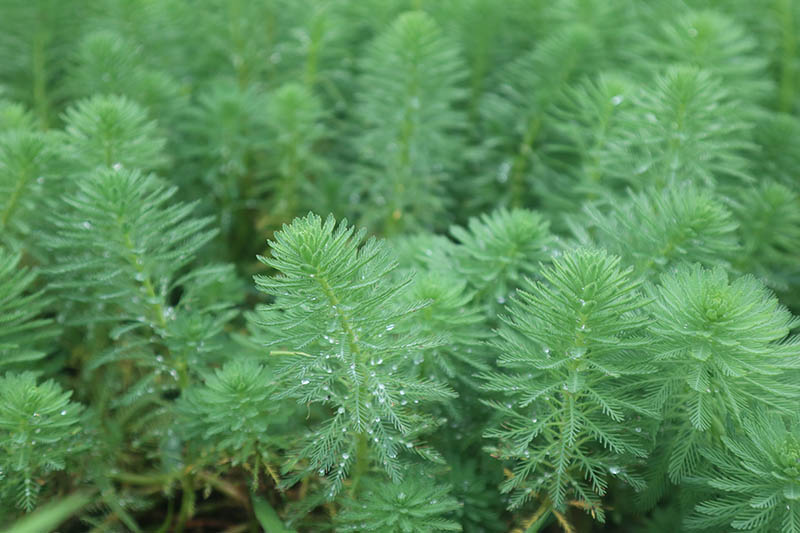
| Scientific Name: | Cabomba |
| USDA Hardiness Zone: | 6 to 11 |
| Growing Medium: | Aquatic |
While you can’t grow fanwort above the surface, if you have a pond, you can add fanwort there to help attract dragonflies. The insects lay their eggs on the stems and underside of the plant, so planting fanwort in your pond is a great starting point for dragonfly breeding grounds.
2. Swamp Milkweed
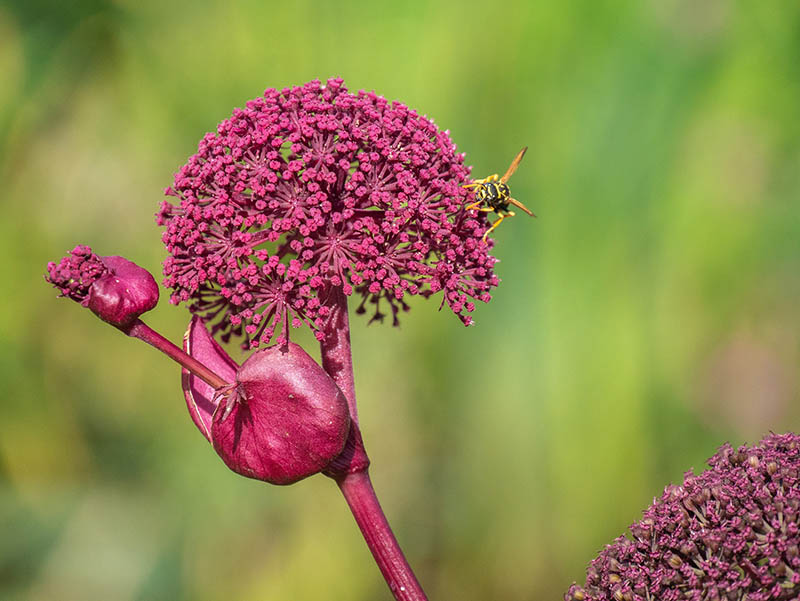
| Scientific Name: | Asclepias incarnata |
| USDA Hardiness Zone: | 3 to 6 |
| Growing Medium: | Aquatic |
If you’re looking for dragonflies to help repel mosquitoes, swamp milkweed is a win-win. While it attracts dragonflies and acts as a potential breeding ground for them, it also repels mosquitoes.
Another perk is that when swamp milkweed blooms, you get stunning pink flowers to enjoy!
3. Black-Eyed Susan
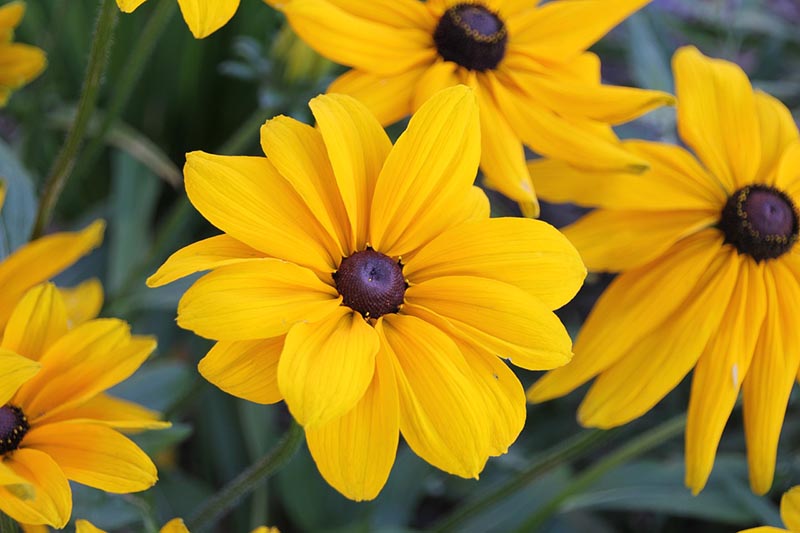
| Scientific Name: | Rudbeckia hirta |
| USDA Hardiness Zone: | 3 to 9 |
| Growing Medium: | Land |
If you don’t have any bodies of water on your property but still want to try your hand at attracting dragonflies, the black-eyed Susan is a great option. They thrive in direct sunlight, and dragonflies seem to like hanging around them.
You won’t attract as many dragonflies as you would if you had a pond on the property, but it can take you from zero dragonflies to quite a few.
4. Eelgrass/Wild Celery
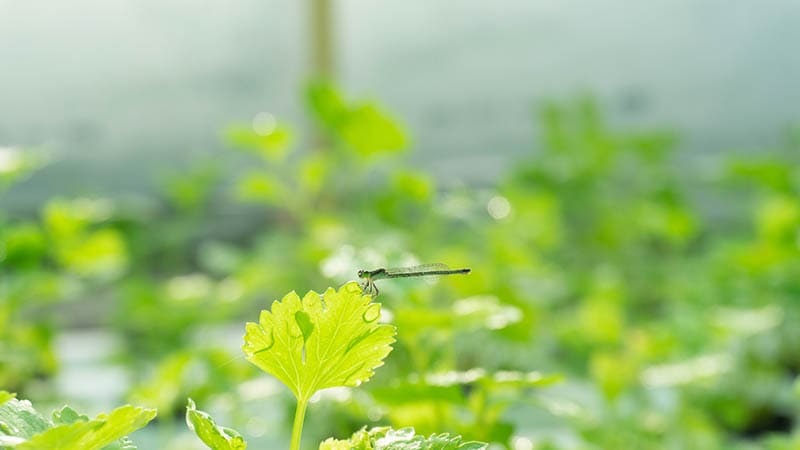
| Scientific Name: | Vallisneria americana |
| USDA Hardiness Zone: | 4 to 10 |
| Growing Medium: | Aquatic |
Eelgrass, also known as wild celery, is a plant that dragonflies love. It prefers shallow water, so it will thrive if you have a pond. lay their eggs there, Eelgrass is something easy for dragonflies to hide behind while they’re growing and trying to avoid predators.
5. Arrowhead

| Scientific Name: | Syngonium podophyllum |
| USDA Hardiness Zone: | 10 to 12 |
| Growing Medium: | Aquatic |
While many aquatic plants grow almost exclusively under the surface, that’s not the case with arrowheads. While the roots are better submerged, the rest of the plant thrives above ground. This gives dragonflies a nursery in their favorite environment, and it gives your pond a beautiful aesthetic appearance.
6. Meadow Sage
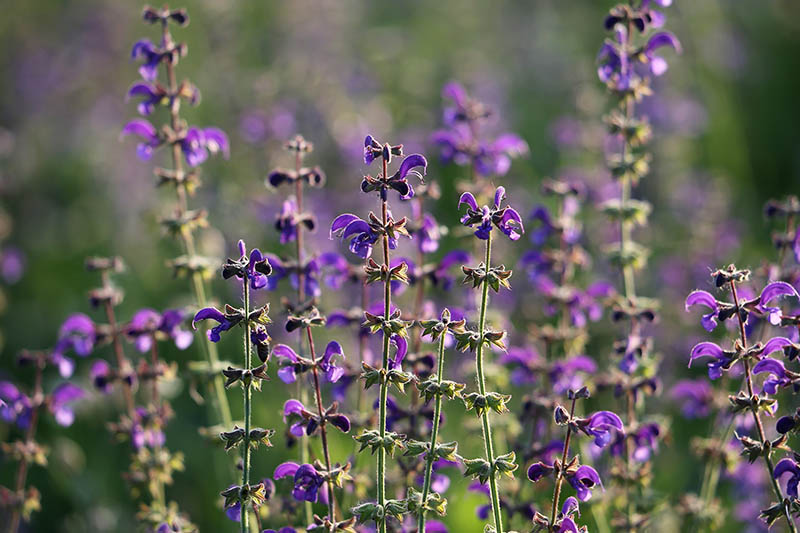
| Scientific Name: | Salvia pratensis |
| USDA Hardiness Zone: | 4 to 9 |
| Growing Medium: | Land |
Meadow sage is a plant that you can use to attract dragonflies without a pond in your yard. It grows on dry land, but it can actually endure short droughts. Those aren’t ideal conditions for dragonflies, but when the moisture comes, the plants will still be there for the dragonflies to flock to!
7. Joe-Pye Weed

| Scientific Name: | Eutrochium purpureum |
| USDA Hardiness Zone: | 4 to 8 |
| Growing Medium: | Land |
While you don’t necessarily need water to grow Joe-Pye weed, you do need extremely moist soil, so Joe-Pye weed thrives along the banks of a pond. It produces beautiful pink and purple flowers, but keep in mind they can grow up to 12 feet tall. Furthermore, they spread like wildfire and can be difficult to contain in any one area.
8. Water Lily
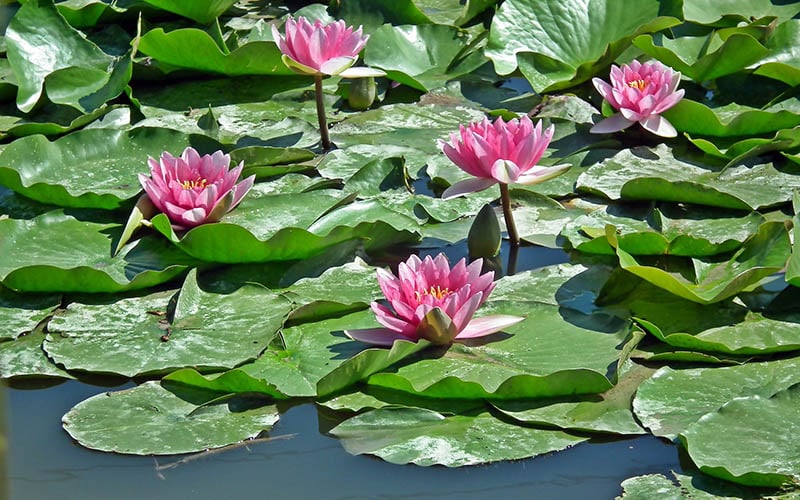
| Scientific Name: | Nymphaeaceae |
| USDA Hardiness Zone: | 4 to 11 |
| Growing Medium: | Aquatic |
If you already have a pond on your property, water lilies are great plants to help you attract dragonflies. The insects use them to lay their eggs and hide from predators, so if they see them floating around, there’s a good chance that they’ll stop by.
There’s also a classic visual appeal of having water lilies in your pond.
9. Yarrow
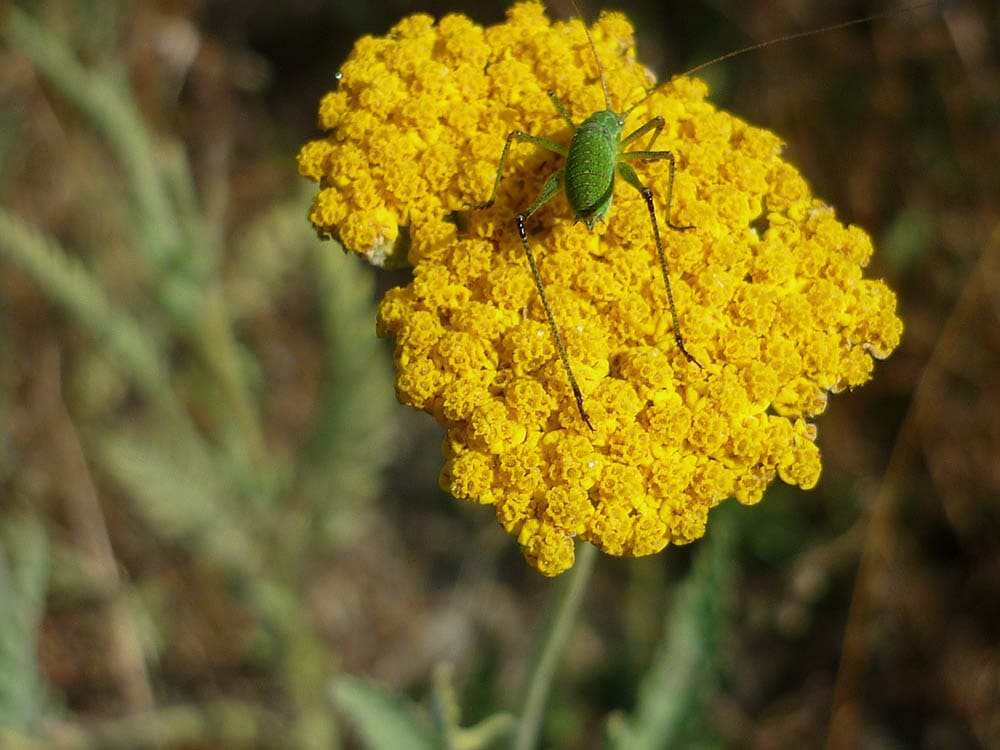
| Scientific Name: | Achillea millefolium |
| USDA Hardiness Zone: | 3 to 9 |
| Growing Medium: | Land |
Yarrow grows great in non-aquatic environments and can withstand long drought conditions, which is ideal if you’re not planting near a pond. Ensure that you have enough space for them, though, as each plant grows to between 2 and 4 feet. Space them about 1 or 2 feet apart when planting, and expect them to fill in the gaps as they spread.
10. Borage
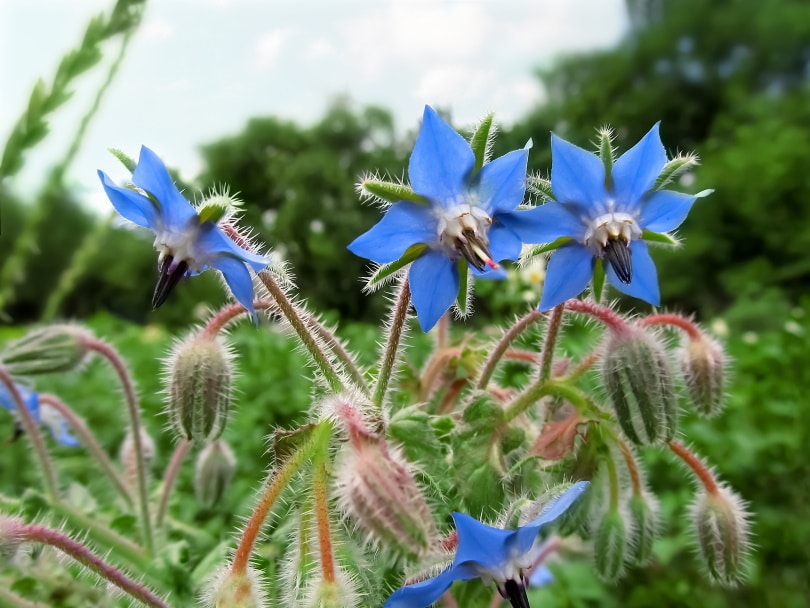
| Scientific Name: | Borago officinalis |
| USDA Hardiness Zone: | 2 to 11 |
| Growing Medium: | Land |
Few plants provide the same visual appeal as borage when it blooms. It produces a bright-blue star-shaped flower that can draw in dragonflies. It’s also drought tolerant and grows on dry land, so you don’t need to have a pond in your yard to plant it.
11. Cattail
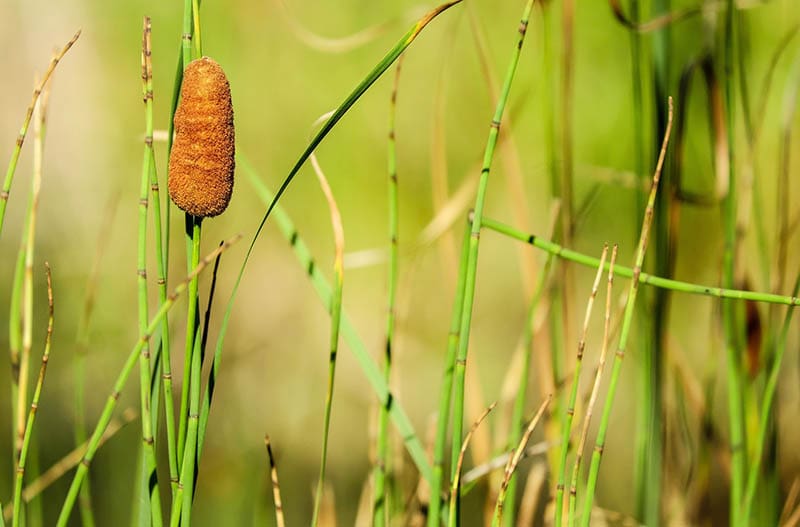
| Scientific Name: | Typha |
| USDA Hardiness Zone: | 3 to 10 |
| Growing Medium: | Land |
If your property has marshy conditions, cattail can thrive there. It doesn’t do well in dry conditions and can grow up to 6 feet tall. Dragonflies love the cover that it provides, and it adds a signature element to a marsh-like environment.
12. Coneflowers
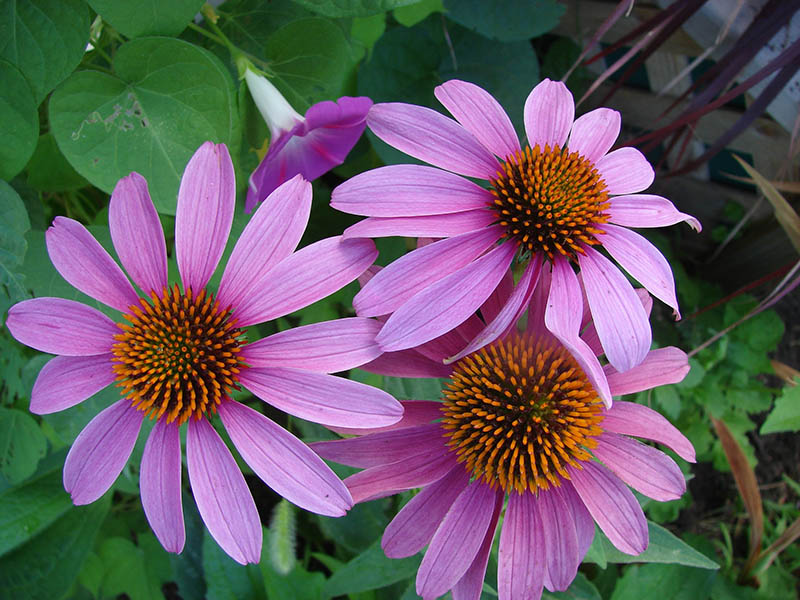
| Scientific Name: | Echinacea |
| USDA Hardiness Zone: | 5 to 8 |
| Growing Medium: | Land |
Coneflowers come in pink, red, orange, white, and yellow, which enables you to add a splash of color to your garden. They grow on the ground and are drought resistant. They do get tall, with their final height residing between 2 and 4 feet, but this provides the dragonflies the coverage that they need to thrive.
Benefits of Dragonflies
While some insects have a negative impact on the lives of humans, that’s not the case with dragonflies. These insects are beneficial to humans, mainly due to their diet.
Dragonflies feast on insects, and their food of choice is the mosquito. Mosquitoes are annoying but they can also spread disease. Dragonflies can eat hundreds of mosquitoes a day, so having them around can make a significant impact on the local mosquito population.
If you have a vegetable garden in the area, dragonflies will help control insect problems there too, without attacking the fruit or vegetables. No matter how you look at it, dragonflies are great to have around!
Conclusion
If you’re looking to attract dragonflies to your yard, it’s best to get a few of the plants highlighted here. Check your USDA hardiness region, the environment around your yard, and the right time to plant before you spend the time and money putting them in the ground.
When the conditions are right, get a few plants out there, and you’ll have dragonflies visiting in no time!
Featured Image Credit: Lolame, Pixabay
Contents



